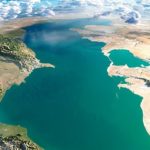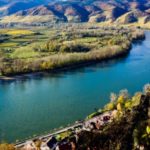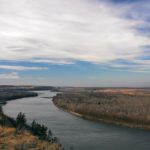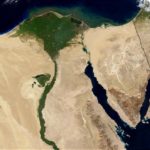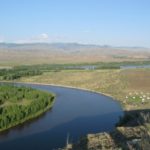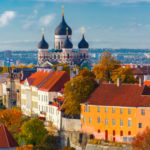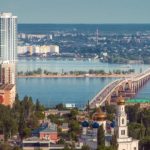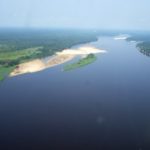Interesting facts about the Volga River
 The Volga is a mighty river flowing through the territory of Russia and, in part, Kazakhstan. Being one of the largest rivers in the world, the Volga slowly rolls its waters towards the Caspian Sea. It is extremely important for the Russian navigation of the transport artery, and its banks were still enjoyed by tourists in Soviet times, preferring to spend a holiday on a cruise along the Volga by boat.
The Volga is a mighty river flowing through the territory of Russia and, in part, Kazakhstan. Being one of the largest rivers in the world, the Volga slowly rolls its waters towards the Caspian Sea. It is extremely important for the Russian navigation of the transport artery, and its banks were still enjoyed by tourists in Soviet times, preferring to spend a holiday on a cruise along the Volga by boat.
The Volga is one of the largest rivers in the world, and at the same time the longest among all rivers in Europe.
The Volga Delta is the largest among European, and in the world occupies an honorable eighth place.
The length of the Volga River exceeds three and a half thousand kilometers, comparable to the Amur.
The construction of reservoirs on the Volga shortened its length by 160 kilometers.
Once Arabs, impressed by the scale of the Volga, called it “Itil”, which in Arabic means simply “river”.
Nearly two hundred tributaries flow into the Volga.
The Volga is extremely important not only as a navigable river, but also as a source of electricity – the hydroelectric stations located on it provide electricity to all surrounding cities.
The area of the Volga delta is constantly growing due to the lowering of the level of the Caspian Sea.
About the Volga mentioned also the ancient Greek philosopher and writer Ptolemy, though, calling her “Ra”.
On the Volga live flamingos and pelicans. And still here grow such famous flowers as lotuses.
Daily Volga pours out about 250 cubic kilometers of water into the Caspian Sea. Nevertheless, the level of this sea continues to decrease steadily.

